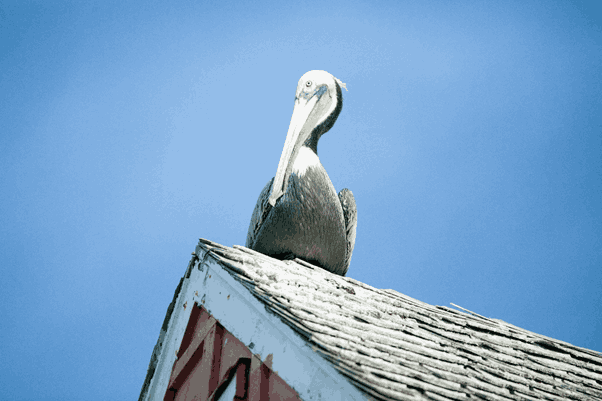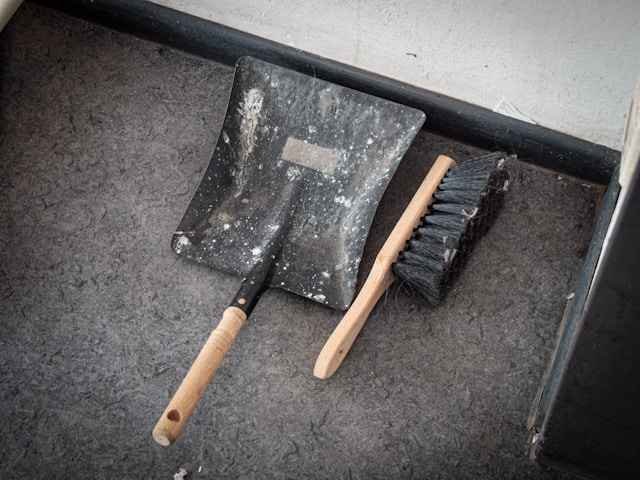It’s nice to look at birds while in the park or garden, but once they start roosting where you live, you may experience some problems. Droppings, feathers, and trash left by nesting or roosting birds may clog gutters and cause surface stains or damage to the roof. If you need to deal with this problem, using roof spikes can safely and gently reclaim your space.
One of the most popular solutions for deterring nuisance birds is installing bird spikes. Since these easy-to-use gadgets make the landing area on your roof or ledges very uncomfortable, birds find it almost impossible to settle there.
What Is Roof Spike?
Roof spikes, commonly referred to as bird spikes, are long, slender rods made of stainless steel or durable plastic. There is a row of spikes and they are all fastened to a base strip that can be glued, nailed, or screwed to places including rooftops, ledges, signs, gutters, and chimneys.
Importantly, bird spikes don’t hurt birds—they simply prevent them from comfortably perching or nesting on treated areas. Treating wildlife humanely is suggested by pest control professionals and wildlife conservationists.
Why You Need Bird Spikes on Your Roof
Birds may seem harmless, but when they gather in numbers, they can lead to serious issues:
- Structural Damage: Bird droppings are acidic and can corrode roofing materials over time.
- Clogged Gutters: Nesting materials can block water flow, causing leaks or water damage.
- Health Hazards: Birds can carry parasites and diseases, such as histoplasmosis, which can be spread through their droppings.
- Noise and Nuisance: Constant cooing, chirping, and fluttering can disturb your peace, especially early in the morning.
By installing bird spikes, you create a physical barrier that discourages birds from turning your home into their resting or nesting ground.
Where to Install Bird Spikes
To get the most out of your bird spike installation, focus on the areas where birds most often land:
- Roof ridges and edges
- Window sills
- Ledges and cornices
- Gutters and downspouts
- Solar panels
- Outdoor signage
For maximum results, first clean the place well before you install the spikes.
Types of Bird Spikes
There are a few different types of bird spikes to choose from, depending on your needs:
Stainless Steel Spikes
It doesn’t rust, it’s very strong, and it can be hard to spot from far away. With this system, rooftops and business buildings are well protected for a long time.
Plastic Spikes
With weather resistance and ultraviolet protection. They are typically lightweight, which allows you to find a color that goes with your interior.
Wide vs. Narrow Spikes
Use broader towels on large areas, but narrow towels are best for places like railings.
How to Install Roof Spikes
It is usually easy to install most systems by yourself.
- Take away all the dirt, feathers, and droppings left by the birds using a sponge or a brush on your windows.
- Depending if it’s an adhesive or screw product, glue or attach it using screws.
- Put the spike strips in position so that no part of the edge is available for birds to land.
- Inspect the spikes regularly and observe that they stay tight.
Conclusion
If you’re tired of cleaning up after birds and dealing with the noise and damage they leave behind, installing bird spikes is a smart and humane solution. Incorporating these helpful tools provides a good way to avoid birds nesting inside your house. Whether you’re dealing with pigeons, seagulls, or starlings, bird spikes are a long-lasting defense that gives you peace of mind and a cleaner, safer roof.
For more visit our website Home threads







